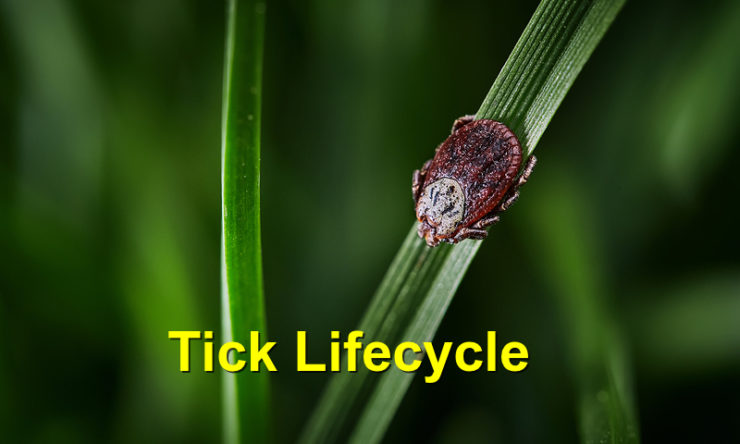The Lifecycle of a Tick
Ticks are the harmful parasites that live by feeding on their host’s blood, which can either be a human or an animal. They are highly efficient disease carriers because they securely attach themselves to the host when they want to suck blood. Also, they usually feed slowly, which means they may go without being seen for quite some time while they feed.
Where Do Ticks Live?
Ticks are highly dependent on their hosts for both reproduction and survival. Hence, they spend most of their lives looking for hosts, especially dogs and cats, and even people. Ticks are often found in wooded areas, tall grass and dense brush.
How do Ticks Attach themselves to a Host?
Ticks can neither jump nor fly; they crawl instead. So, they wait for any host animal on the ends of shrubs and grasses. They use a mechanism known as questing, where they raise two of their front legs to detect any nearby hosts. These front legs have carbon dioxide detectors that can sense hosts and allow the tick to quickly crawl onto the fur or clothes of their host and start feeding.
While they feed on the dog’s blood, ticks can easily transmit a range of infectious bacteria and organisms to the host. These organisms lead to health problems for the host including Rocky Mountain spotted fever and Lyme disease. Once it is full, it then drops off to move on to the next stage.
Here are the four stages of the lifecycle of a tick:
• Egg
• Larvae
• Nymph
• Adult
The larvae stage and the nymph stage both require a meal of blood to move onto the following stage. Meanwhile, adult ticks must feed on a host for mating and reproduction purposes. Also, female ticks can lay thousands of eggs at a time after dropping off their host.
How to Remove Ticks
If you discover that your pet has any ticks, you should immediately remove those nasty parasites to lower the risk of contracting diseases. Use tweezers and grasp the ticks as close as possible to the surface of the skin. Pull upwards slowly, firmly and gently to avoid leaving the tick’s mouth in the skin, which may cause infections.
Finally, clean all the bite areas and apply antiseptic. Make sure you also wash your hands afterward. You may want to save one of the ticks and freeze it in a sealed plastic bag for purposes of identification if the pet later becomes ill.
Conclusion
Ensure you check your pets daily for any tick infestation, and consult your veterinarian for help regarding tick preventatives that will keep your pets safe.
References: Pet Health Network, CDC, PetMD



